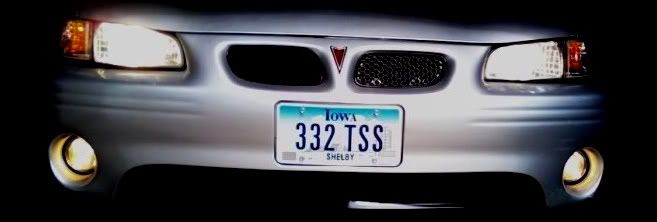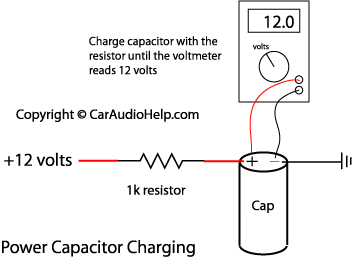I just bought a capacitor from a buddy and if i remember correctly you have to charge it some fancy way before you can use it. is this right? i can remember for sure and i figured they were all the same. I know some of you are going to say that it is pointless to have one but the price was great so since i have it I figure it cant hurt to install it. so do I have to "charge" it some how or do i just slap it in and go?














